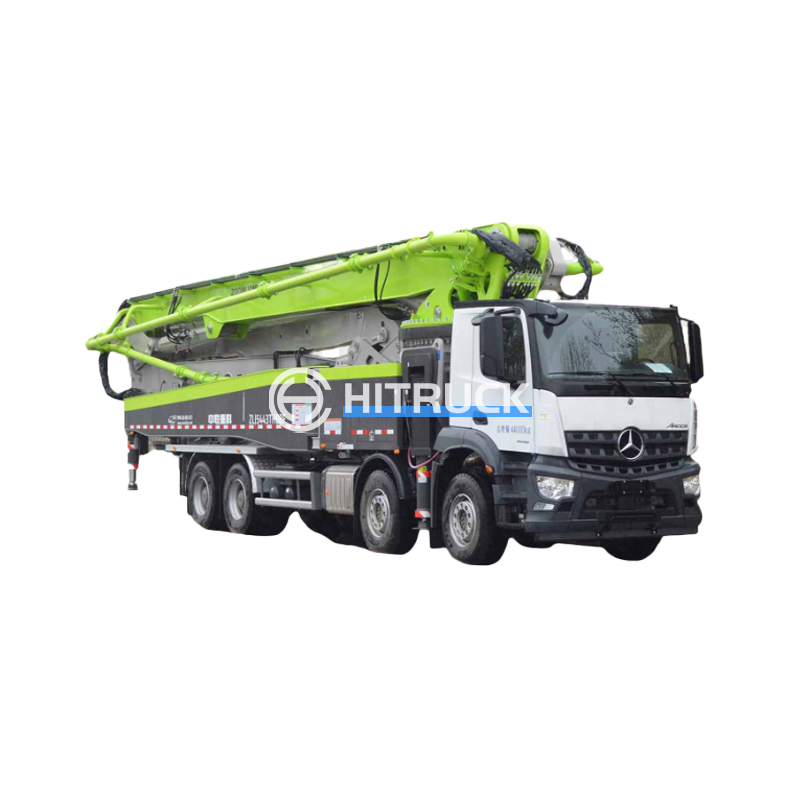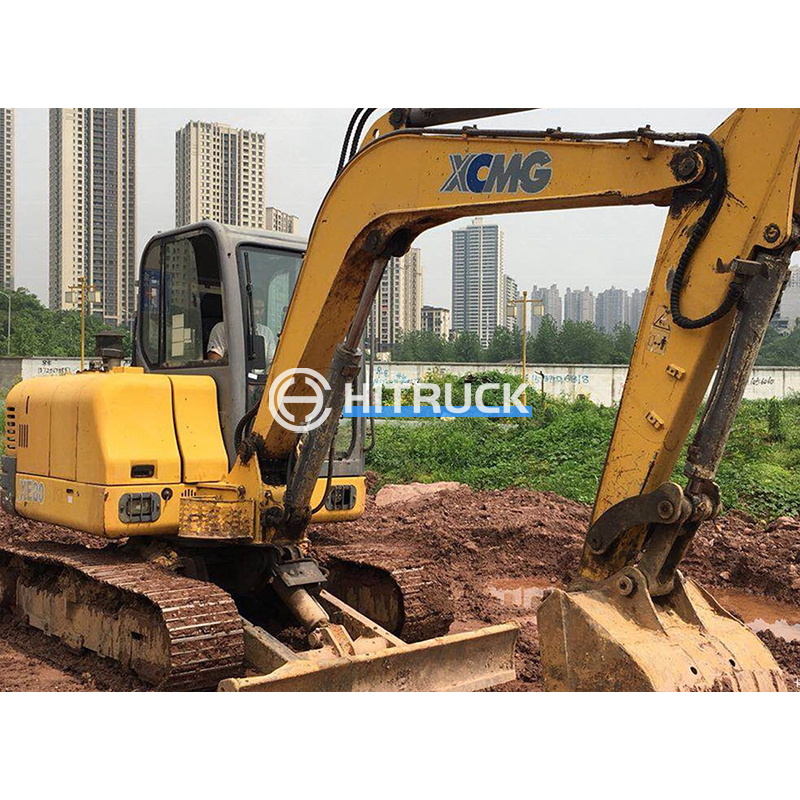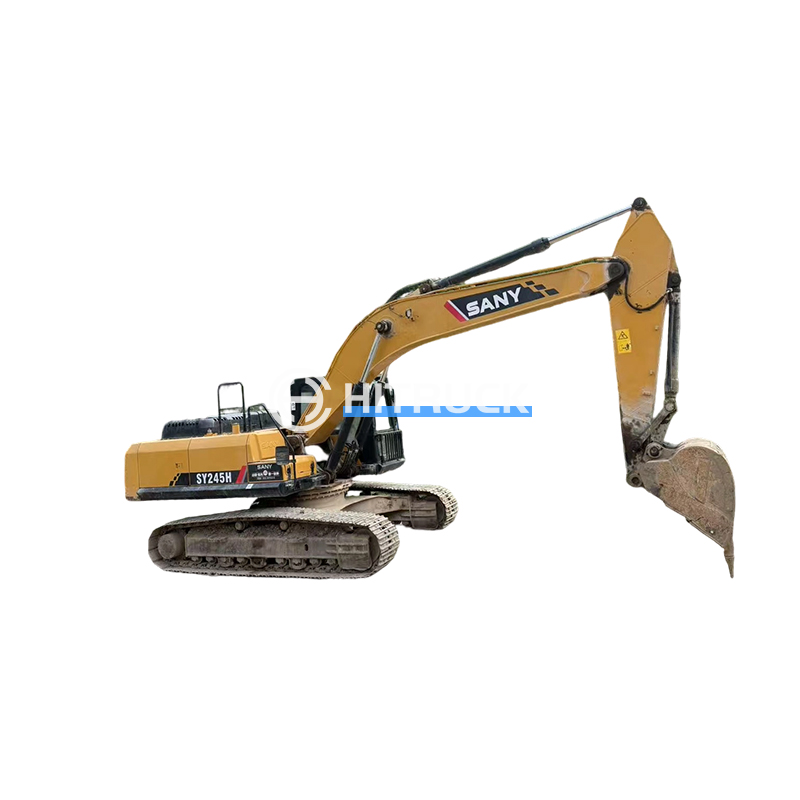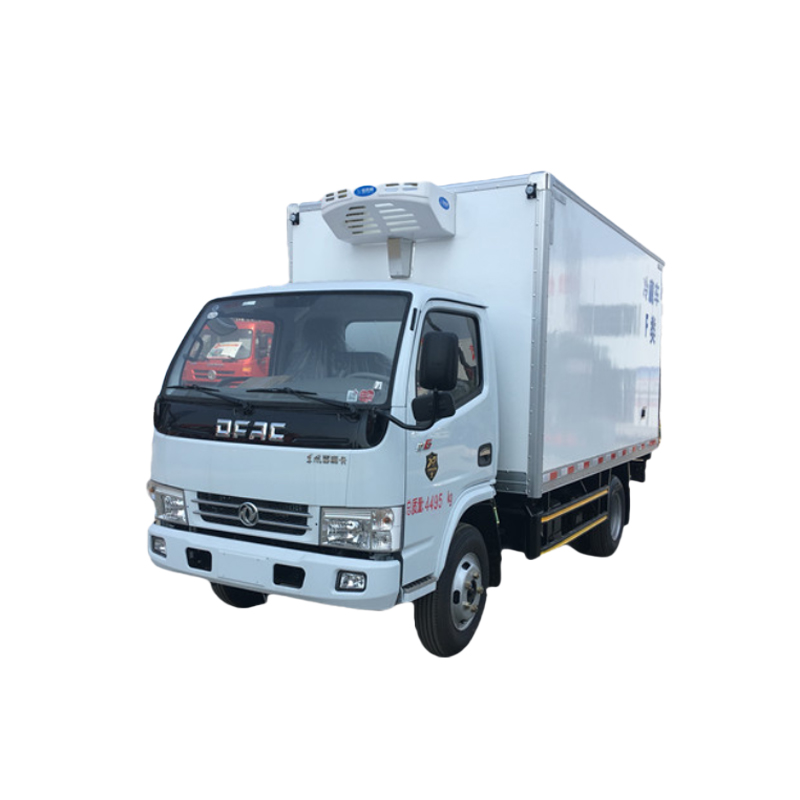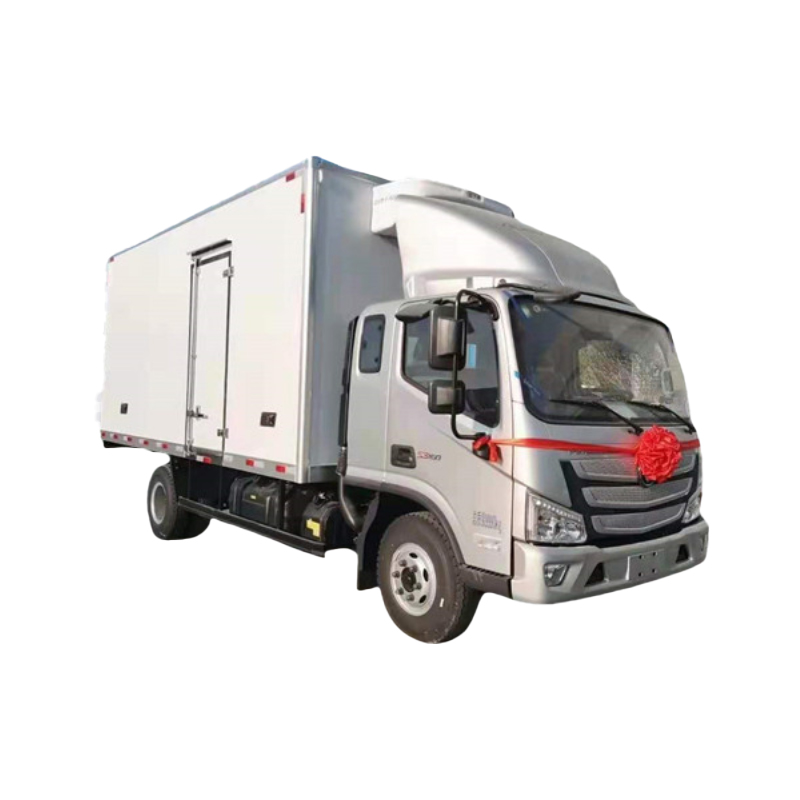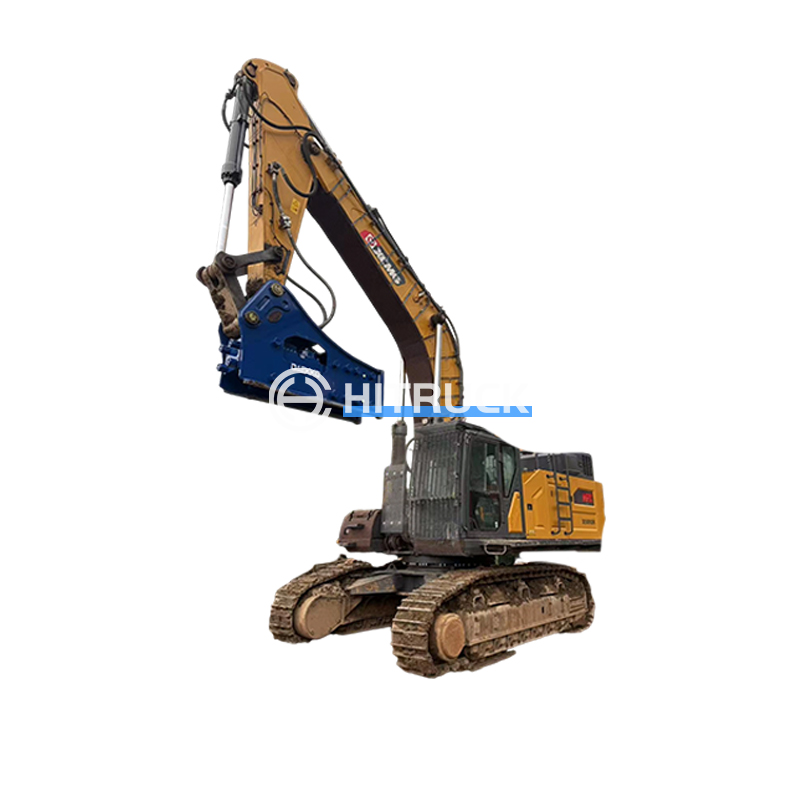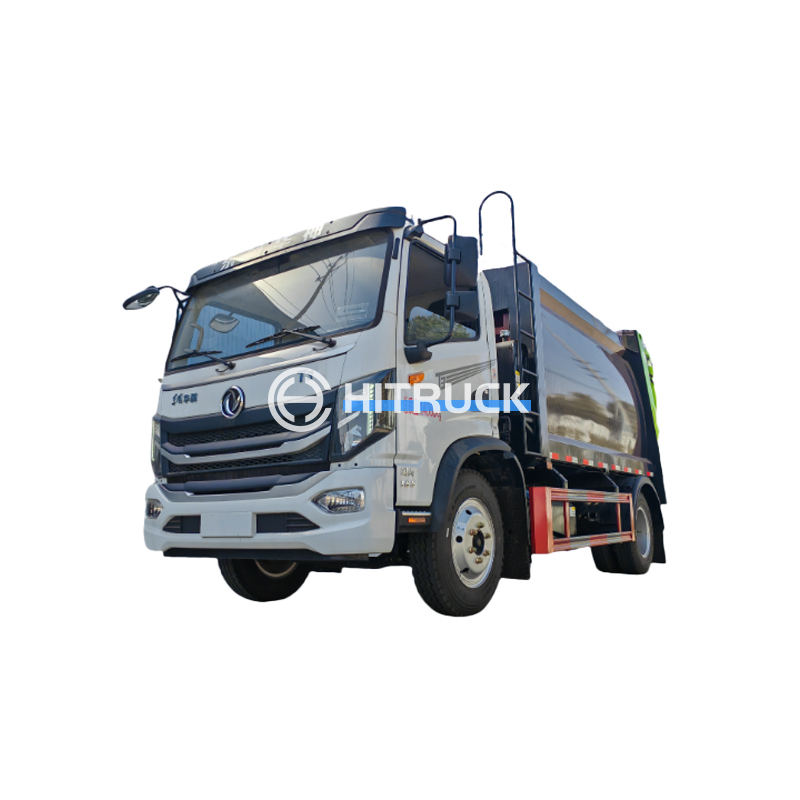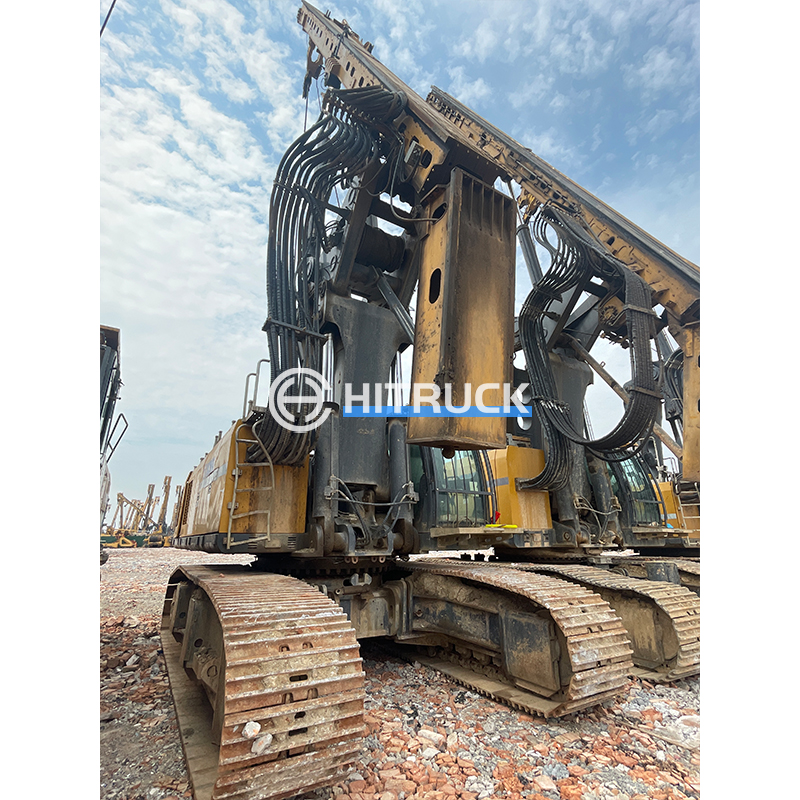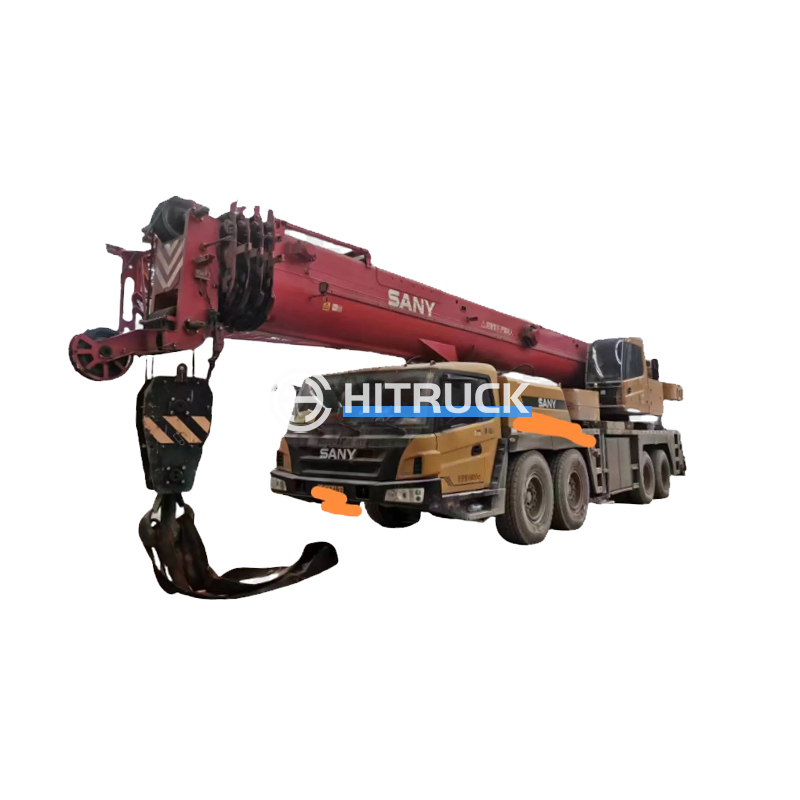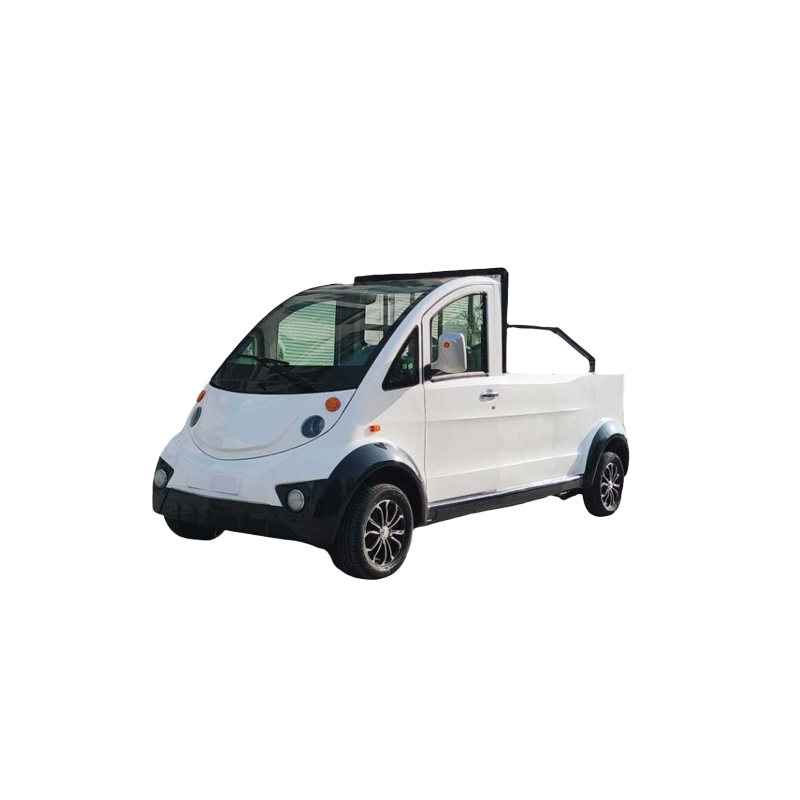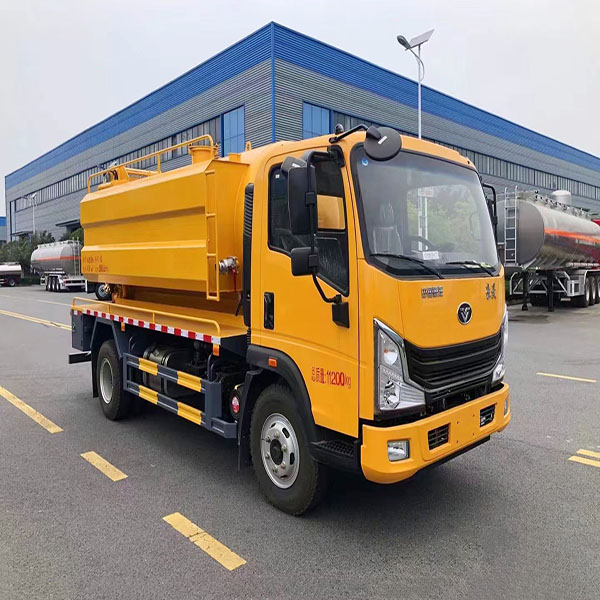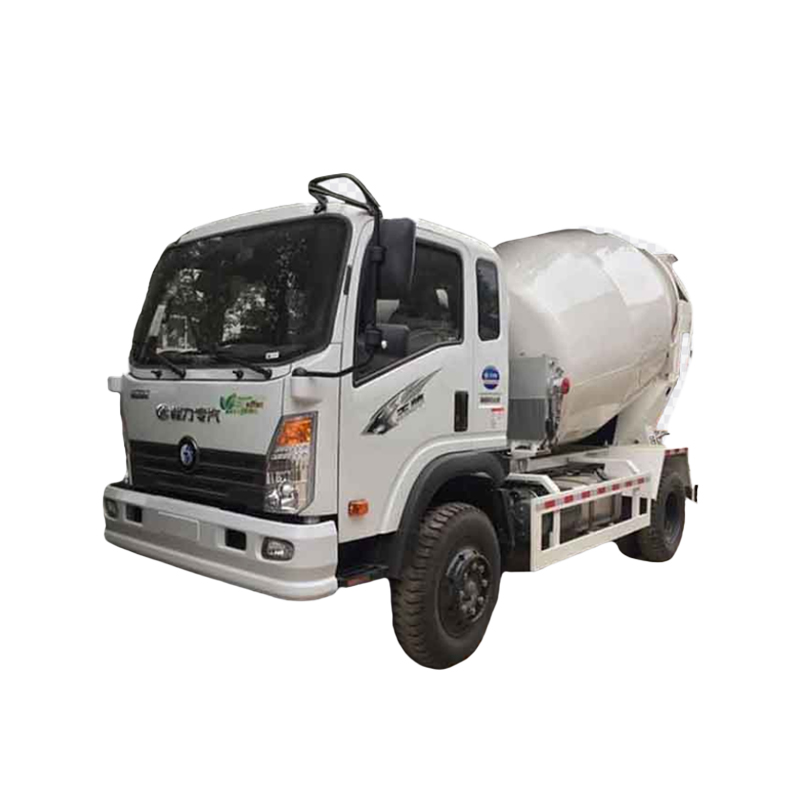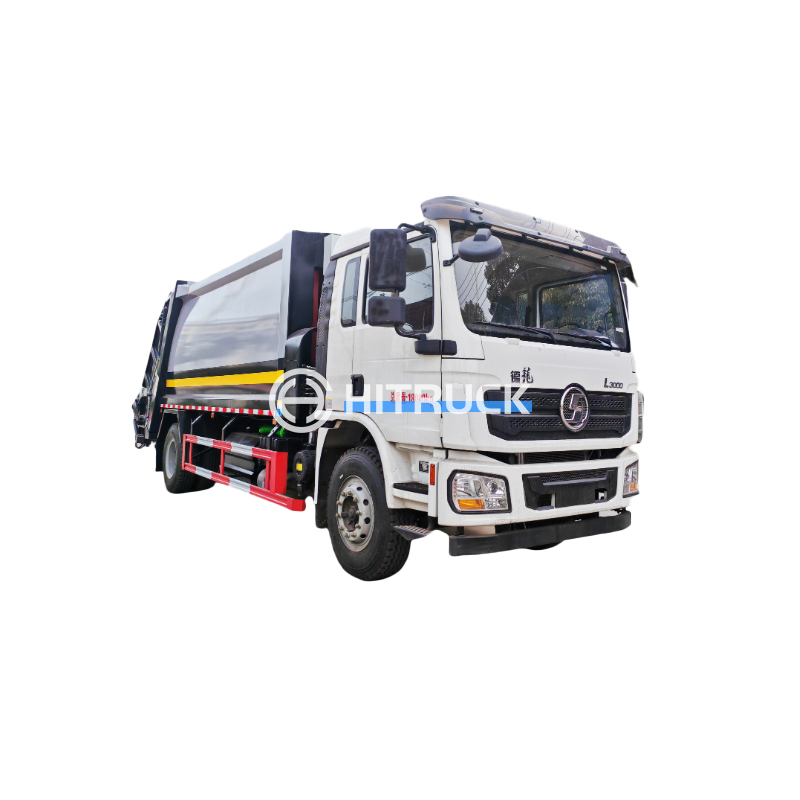Electric Trucks 2022: A Comprehensive GuideElectric trucks are rapidly transforming the transportation industry. This article provides a comprehensive overview of the electric trucks market in 2022, covering key models, technological advancements, and future trends. We'll explore the advantages and disadvantages, discuss the charging infrastructure, and look at the role of government incentives in driving adoption.
Electric Trucks 2022: Models and Innovations
The year 2022 witnessed a significant surge in the availability and adoption of electric trucks. Several major manufacturers launched new models, each with unique features and capabilities. This section will explore some of the most notable examples.
Tesla Semi
Performance and Features
Tesla's Semi boasts impressive range and payload capacity, aiming to revolutionize long-haul trucking. Its Autopilot features promise to enhance safety and efficiency. However, production has faced delays, and its real-world performance remains to be fully assessed on a wider scale. Learn more on the Tesla website.
Rivian R1T and R1S
Unique Selling Points
While technically not classified as heavy-duty trucks, Rivian's R1T (pickup truck) and R1S (SUV) offer impressive electric capabilities and are increasingly used for commercial purposes, particularly in niche markets such as last-mile delivery. Their advanced technology and off-road capabilities make them attractive options for specific applications. Visit Rivian's website for details.
Freightliner eCascadia and eM2
Focus on Heavy-Duty Applications
Daimler's Freightliner offers the eCascadia and eM2, designed for heavy-duty applications. These electric trucks are geared towards fleets looking to electrify their long-haul operations. Their integration with existing Daimler infrastructure is a significant advantage for many customers. More information can be found on the Freightliner website (link unavailable).
Other Notable Electric Truck Manufacturers
Beyond these prominent players, several other companies are actively developing and deploying electric trucks. These include BYD, Volvo Trucks, and others who are contributing to the growing diversity of options in the market. The competitive landscape is dynamic, with new entrants and innovative technologies constantly emerging.
Charging Infrastructure and Range
The success of electric trucks hinges on the development of robust charging infrastructure. While progress has been made, particularly in areas with high concentrations of trucking activity, significant expansion is still needed to facilitate widespread adoption. Range anxiety remains a concern, and advancements in battery technology are crucial for overcoming this limitation.
Charging Solutions and Technologies
Various charging solutions are being deployed, ranging from DC fast charging to slower AC charging. The choice of charging technology depends on factors such as the truck's battery capacity, the duration of downtime, and the available power supply. The development of megawatt-charging stations is also gaining traction, promising faster charging times for heavy-duty electric trucks.
Government Incentives and Policies
Government incentives and policies play a crucial role in accelerating the adoption of electric trucks. Many countries and regions offer tax credits, grants, and other financial support to encourage the purchase and deployment of these vehicles. These policies often target specific segments of the trucking industry, such as those involved in local delivery or short-haul operations.
The Future of Electric Trucks
The future of electric trucks appears bright, with continued technological advancements, expanding charging infrastructure, and supportive government policies all contributing to their growth. Further innovations in battery technology, autonomous driving capabilities, and improved charging efficiency are expected to drive wider adoption in the coming years. The transition to electric trucking is a complex process, but the long-term benefits for sustainability and efficiency are undeniable.
| Manufacturer | Model | Range (approx.) |
| Tesla | Semi | 500+ miles (claimed) |
| Rivian | R1T | 314 miles (EPA est.) |
| Freightliner | eCascadia | Varies by configuration |
For more information on electric trucks and heavy-duty vehicle solutions, consider exploring options at Suizhou Haicang Automobile sales Co., LTD. They offer a wide range of vehicles to suit various transportation needs.
Note: Range figures are approximate and can vary depending on factors such as load, terrain, and driving style. Data sourced from manufacturer websites as of October 26, 2023.


